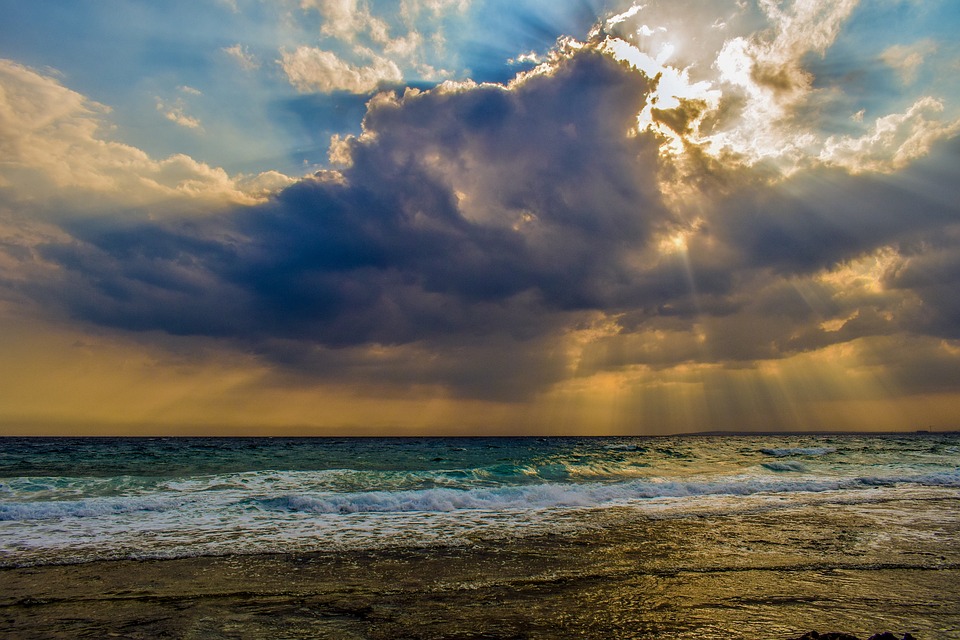What Is the Climate of South America? Exploring the Diverse Weather Patterns of a Vast Continent
South America is a continent characterized by its vast geographical diversity, stretching from the equator to near the Antarctic Circle. This extensive latitude range, coupled with varied landscapes such as mountains, deserts, and rainforests, results in a rich tapestry of climate zones and weather patterns.
Major Climate Zones in South America
– Tropical Climate: Predominantly found near the equator, this climate covers areas like the Amazon Basin, characterized by hot and humid conditions with year-round rainfall.
– Arid and Semi-Arid Climate: Notably present in the Atacama Desert in Chile, one of the driest places on Earth, as well as parts of northeastern Brazil.
– Temperate Climate: Found in regions such as central Chile and parts of Argentina, where distinct seasons and moderate temperatures prevail.
– Cold Climate: High-altitude areas like the Andes Mountains experience significantly lower temperatures year-round.
– Polar Climate: Located in the far southern regions, particularly in Patagonia and Tierra del Fuego, where conditions are colder and harsher.
Detailed Overview of Climate Zones by Region
– Northern South America (Amazon Basin): This region experiences a hot and humid tropical climate with frequent rainfall, supporting dense rainforests rich in biodiversity.
– Western Coast (Andes Mountains): The climate varies significantly with altitude; lower elevations are tropical while higher elevations feature cold alpine conditions.
– Southern South America (Patagonia and Tierra del Fuego): Cooler temperatures dominate this area, with polar-like conditions featuring strong winds and harsh winters.
– Eastern South America (Brazilian Highlands and Pampas): The northern part has a tropical climate, while southern Brazil and northern Argentina experience subtropical and temperate climates.
Impact of Ocean Currents on South America’s Climate
– Humboldt Current: This cold ocean current flows along the western coast of South America, contributing to dry conditions like those found in the Atacama Desert.
– Brazil Current: A warm current on the eastern coast that enhances warmer and more humid conditions in southeastern Brazil and Uruguay.
Seasonal Climate Patterns
– Wet and Dry Seasons in the Tropics: Tropical regions typically experience distinct wet (December to May) and dry (June to November) seasons.
– Four Seasons in Temperate Regions: Central Chile and parts of Argentina enjoy seasonal changes with summer from December to February and winter from June to August.
– Extreme Conditions: Patagonia experiences colder winters marked by strong winds, particularly in its southernmost areas.
Unique Weather Events in South America
– El Niño and La Niña Effects: These phenomena significantly influence rainfall patterns across the continent. El Niño often leads to droughts in the Amazon while causing flooding along the west coast. Conversely, La Niña can bring about wetter conditions in northern Brazil but drier weather along the western coast[1][3].
– Hurricanes: Although rare, hurricanes can impact northern coastal regions like Venezuela and Colombia due to Atlantic storm activity. The likelihood of such storms is significantly lower south of 10° N latitude[2].
FAQs
– What is the hottest area in South America?
The hottest area is typically found in northern Brazil’s interior regions.
– Which countries in South America experience snowfall?
Countries such as Argentina, Chile, and parts of Bolivia experience snowfall, particularly in mountainous areas.
– How does altitude affect climate in the Andes?
Higher altitudes result in cooler temperatures; for every 1,000 meters increase in elevation, temperatures can drop by approximately 6.5°C.
– When is the best time to visit the Amazon Rainforest?
The dry season from June to November is generally considered the best time for visiting due to lower humidity and reduced rainfall.
– Why is the Atacama Desert so dry?
The Atacama Desert’s dryness is primarily due to its location between mountain ranges that block moisture-laden winds from reaching it, combined with cold ocean currents that inhibit rainfall[1].
Conclusion
The climate of South America is incredibly diverse, ranging from tropical rainforests to polar regions. This variety plays a crucial role in shaping ecosystems, agriculture, and tourism throughout the continent. Understanding these climatic differences is essential for appreciating South America’s environmental richness and its global significance.

Kyle Whyte is a notable scholar and professor at the University of Michigan, holding positions such as the George Willis Pack Professor in the School for Environment and Sustainability and Professor of Philosophy. Specializing in environmental justice, his work critically examines climate policy and Indigenous peoples’ ethics, emphasizing the nexus between cooperative scientific endeavors and Indigenous justice. As an enrolled Citizen Potawatomi Nation member, he brings a vital perspective to his roles as a U.S. Science Envoy and member of the White House Environmental Justice Advisory Council. His influential research is supported by various prestigious organizations including the National Science Foundation, and disseminated through publications in high-impact journals. Kyle actively contributes to global Indigenous research methodologies and education, with affiliations to numerous institutes and societies dedicated to traditional knowledge and sustainability. Recognized for his academic and community engagement, Kyle has earned multiple awards and served in various visiting professorships. His efforts extend to leadership positions on boards and committees focused on environmental justice nationwide.
